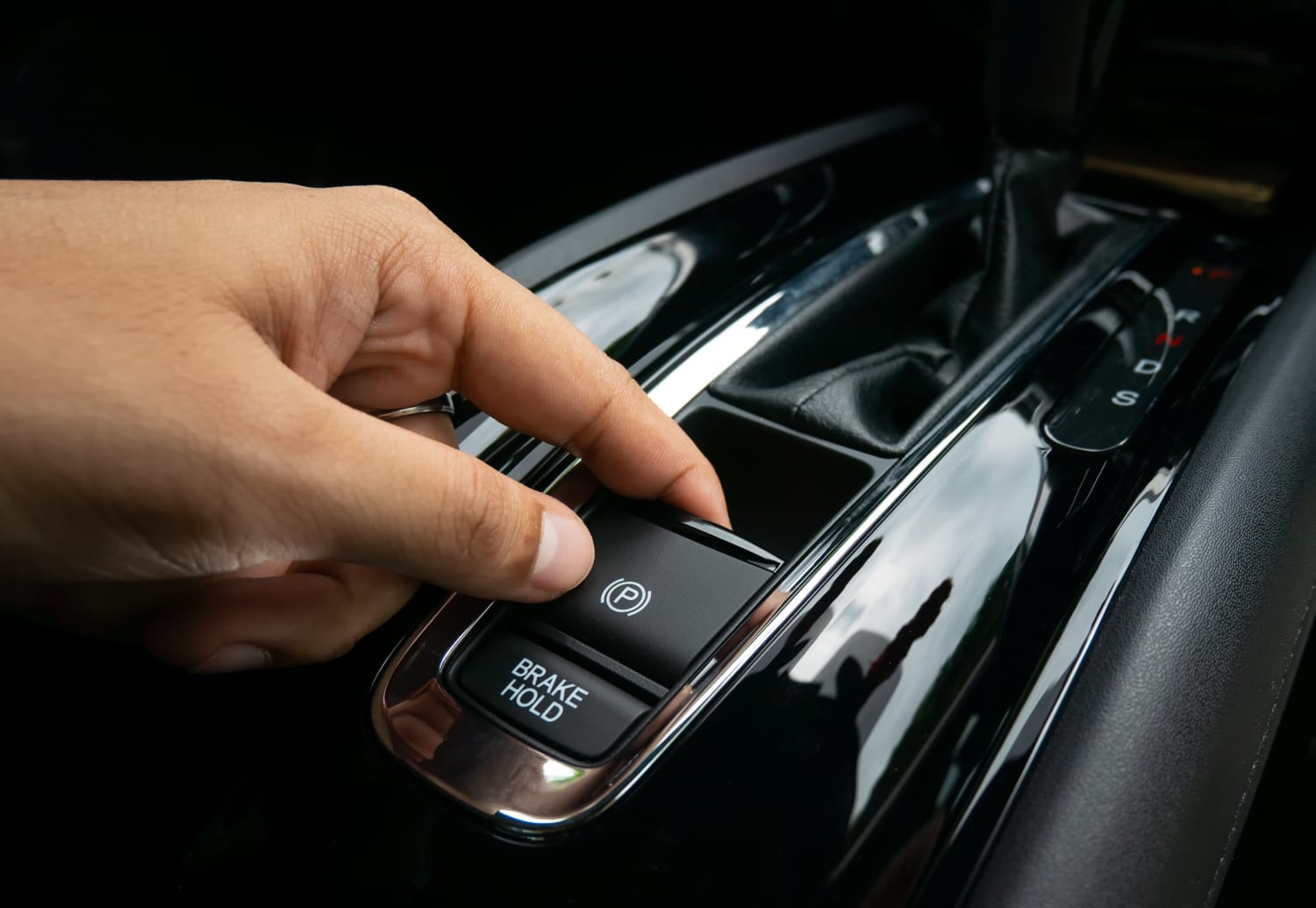Automatic Braking System – What Do You Know?

Automatic Braking System: Good or Bad…
The auto industry is evolving at an alarming rate. Before we know it, autonomous vehicles will be everywhere. Leaving no need for distracted driving warnings, or possibly car insurance as a whole. As a step in this progression many cars are coming equipped with Automatic Emergency Braking (AEB) systems. It’s widely reported that by 2022, 99% of all new vehicles sold within the U.S. will have automatic braking system capability. This race to include this technology in all cars is supported by safety research. In fact, the Insurance Institute for Highway Safety has boasted that AEB systems could reduce rear-end crashes by nearly 40 percent. When you consider there were over 2.4 million rear-end related accidents in the U.S. in 2016, a 40% decrease seems substantial.
How Does AEB Work?
Cars are already equipped with tools that gather a ton of data. There are sensors, cameras, and other forms of technology already built into most new vehicles. AEB harnesses this data. There are essentially two parts to a car’s AEB system:
1. Object Detection
This process utilizes many of the tools already at the disposal of the vehicle; lasers, radar, video. Anything that can help the vehicle deduce what is around the vehicle, most importantly, in front it. Many of the newer vehicles being sold are equipped with ‘lidar;’ basically, a more sophisticated radar device that transmits laser pulses out, and light particles are then traced back to the receiver.
2. Brake Control
Object detection is the scientific part of the process of building an AEB system. Controlling braking is the art portion. This is the area that is currently being perfected through several iterations. The crux of the issue is, should an AEB system be designed to:
- Stop a vehicle completely
- Slow down a vehicle enough to avoid a crash
- Slow down the vehicle enough to lessen the damage, which has already been determined to be inevitable
There’s also an argument to be made that AEB should be able to accomplish all of the above. Effectively, being sophisticated enough to decide what plan of action is best regarding braking, given the speed of the car, distance of the potential object, probability of a crash, and several other variables.
Potential Problems
Unfortunately, there have already been complaints lodged about the new AEB feature. Braking can be such an abrupt and disruptive part of driving that if it’s to be truly automated, its performance has to be near flawless. In most cases, the complaints state that the AEB system has not worked as intended or has activated the brakes when there was no imminent threat (what manufacturers refer to as a false positive). Due to the sensitive and crucial nature of braking, as it relates to driving, these moments were undoubtedly fraught with fear. Can you imagine riding down the road at 30-40 mph and all of sudden your vehicle confuses an overhead sign as an object in front of the car and activates the brakes? Such a false positive could result in significant damage to your vehicle, and perhaps even you and anyone else in the vehicle.
Given this technology and capability is still in its infancy, it is not heavily regulated. As a result, there’s hardly any standardization for quality. The variation available in terms of AEB systems’ capabilities and how they operate exacerbates their problems. As the National Highway Traffic Safety Administration (NHTSA) begins to home in on the complaints and production of AEB systems, they will become more uniform and ultimately safer.
Get Acquainted with Your Automatic Braking System
Often times when you purchase a new vehicle you may not even realize your vehicle is equipped with AEB capabilities. Either way, if you’re looking at purchasing a new car, add AEB research to your list of things to pay attention to. As we progress further in the production of more autonomous vehicles, some of the technology embedded in these vehicles will probably be overlooked. Braking is crucial to any driver. Because of this, AEB systems cannot be forgotten. As such, make sure you’re well aware of your car’s AEB capabilities and how it is intended to work.

 EINSURANCE
EINSURANCE EINSURANCE
EINSURANCE EINSURANCE
EINSURANCE